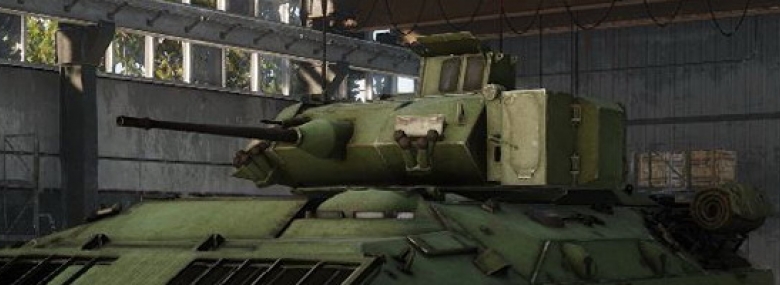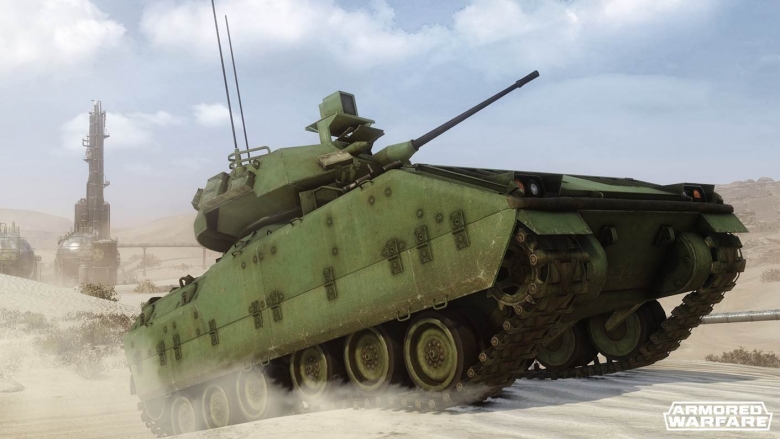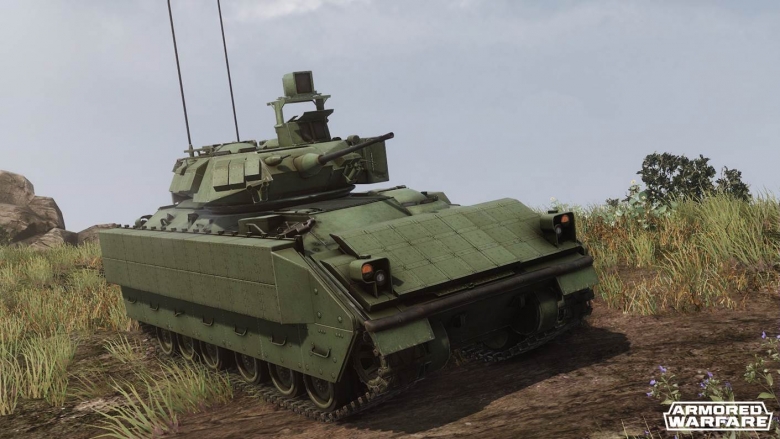
The Bradley is the principal Infantry Fighting Vehicle of the U.S. Army. It went through a long development process that involved multiple stages. What was supposed to be a simple vehicle however became over time one of the most complex and expensive infantry fighting vehicles of all times.
The Bradley in fact is not just the M2 – it’s an entire family of vehicles based on the same chassis. The family is generally referred to as “Bradley Fighting Vehicle” and it is named after General Omar Bradley, famous American WW2 commander who led the US 1st Army during the D-Day and beyond.

The Bradley was born out of the necessity to replace the aging M113 APC’s and to match the IFV development of the Soviet Union – the Soviet army was for a time equipped with the best armed infantry fighting vehicles in the world. It started out as an APC program but soon evolved into a full-fledged IFV with powerful armament.
The Bradley is characterized by its three main features:
Aluminum armor
Aluminum is lighter than steel but also somewhat less durable. The use of aluminum on the Bradley has become a source of a controversy during its development and deployment but the real life combat experience showed that the vehicle is sufficiently durable, offering protection against 30mm Soviet shells. During its lifespan, additional armor kits were developed and the Bradley of today is quite a durable vehicle.

Turreted Bushmaster autocannon
The addition of the turret gave the Bradley quite a punch. The 25mm Bushmaster gun can effectively wreck light-armored target but not only that – it can also damage older main battle tanks as the Bradley proved during the conflicts in Iraq. Supporting the infantry with its rapid fire is one of the primary Bradley duties.

TOW missile launcher
The Bradley is not only effective against soft targets – it can kill armored vehicles (including tanks) as well. During the Iraq war the M2’s claimed more enemy tanks destroyed than the Abrams battle tanks.

The M2 Bradley entered service in 1981 and remains active in the U.S. Army to this day. Unlike its former Soviet counterparts however, the Bradley was never massively exported with the only foreign users being the U.S.-friendly governments of Iraq and Saudi Arabia. In one form or another, it is expected to serve for many years to come as numerous upgrade versions exist or are planned. Ironically a turretless version of the Bradley was recently proposed as well, closing the APC – IFV – APC development circle.

You can play the Bradley in the Early Access phase of Armored Warfare development. Sign in now!






